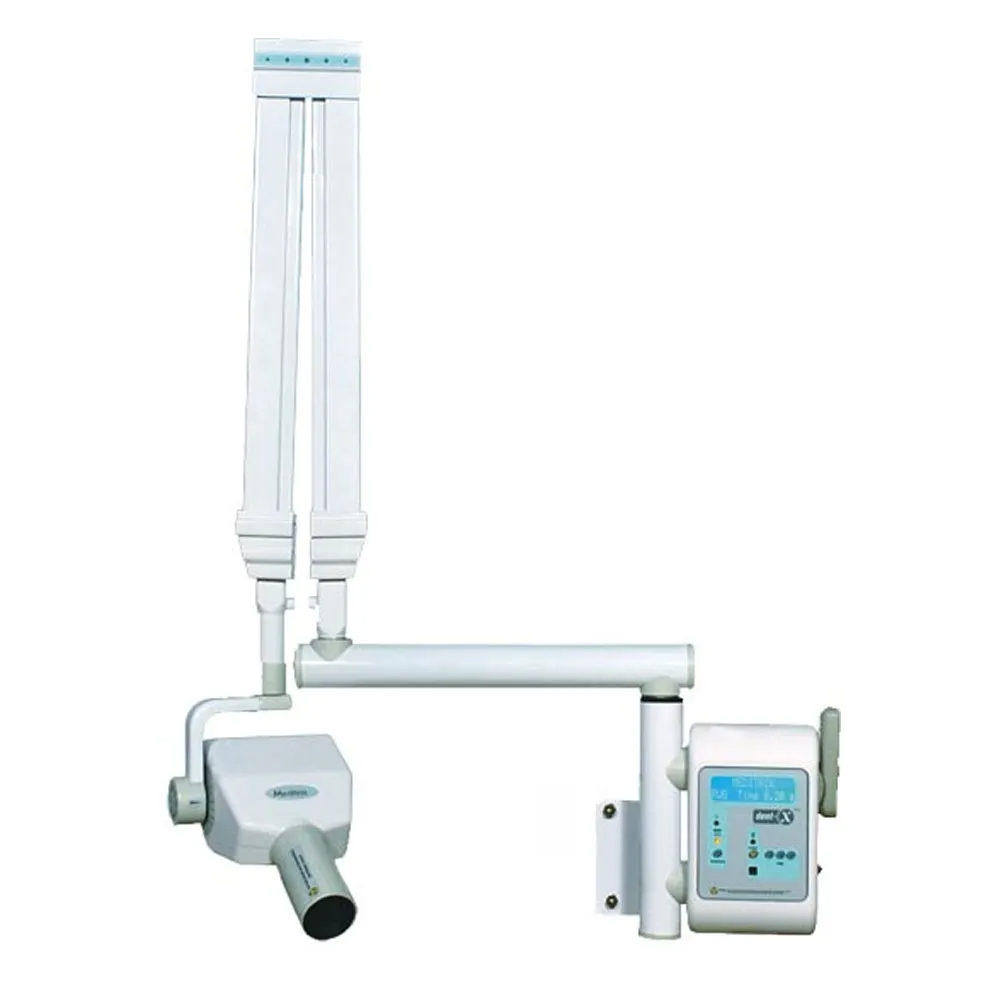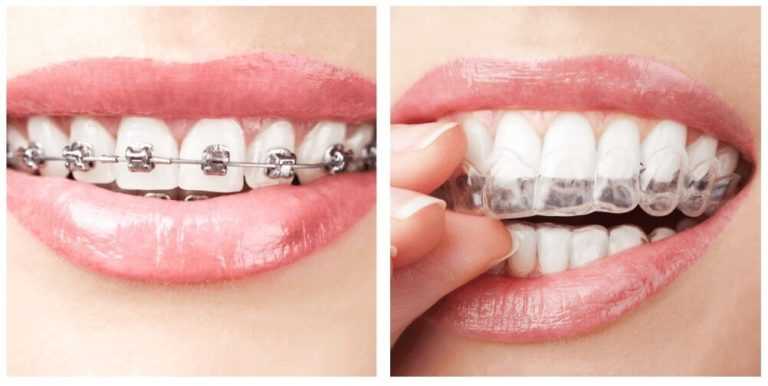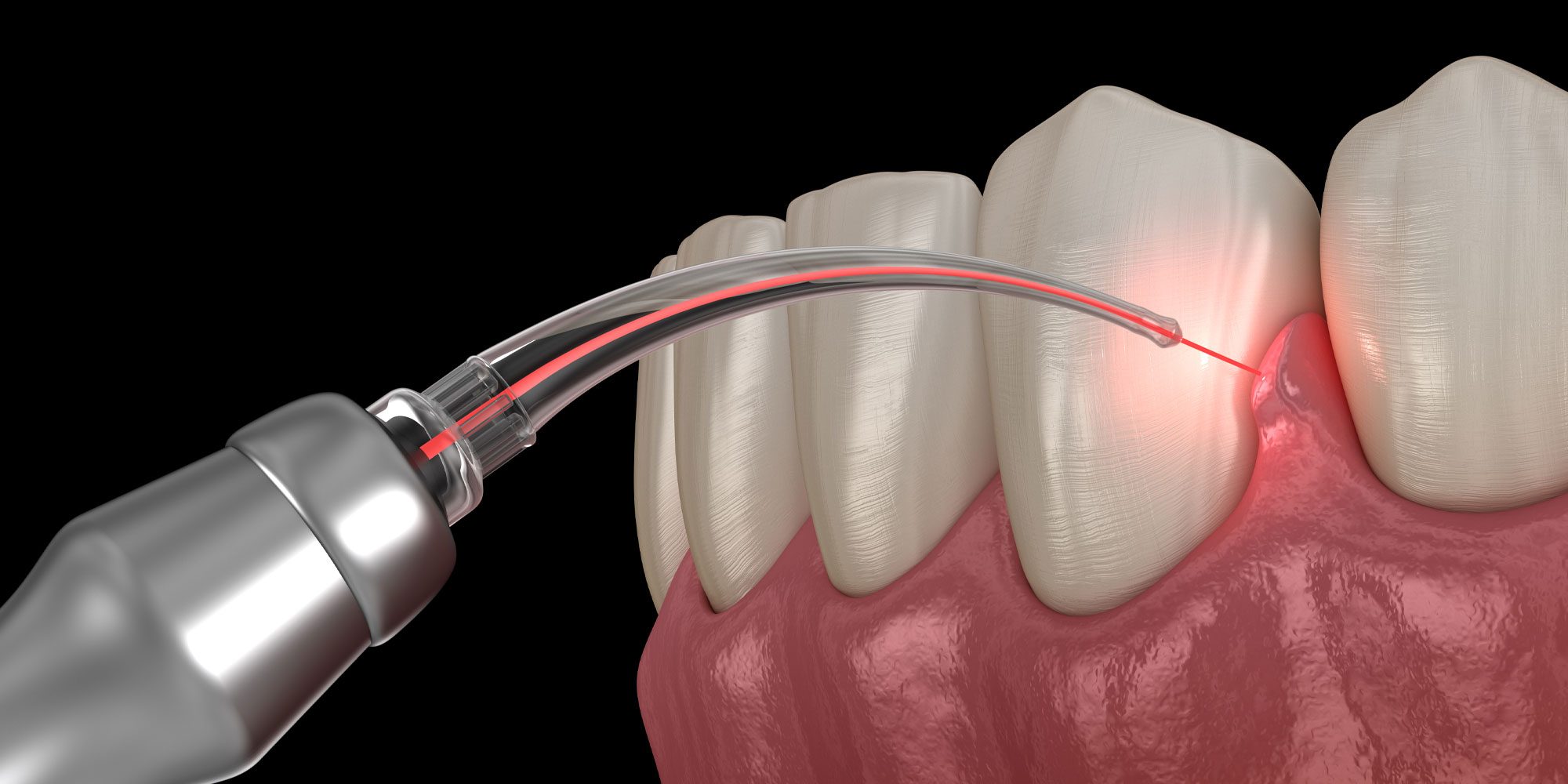Introduction
In the world of dentistry, precision and accuracy are paramount. Dental professionals need to see what lies beneath the visible surface to diagnose, treat, and monitor oral health effectively. This is where dental X-ray machines come into play. These devices have revolutionized the field, enabling dentists to provide better care and improved patient outcomes. In this comprehensive guide, we will dive into the world of dental X-ray machines, exploring their types, benefits, safety measures, and their pivotal role in maintaining optimal oral health.
The Importance of Dental X-ray Machines
Imagine going to a dentist’s office with a toothache, and the dentist can only examine what’s visible to the naked eye. Without the aid of dental X-ray machines, many dental conditions and issues would go undiagnosed, leading to inadequate treatment and prolonged suffering for patients. These machines are indispensable for several reasons:
- Early Detection of Dental Problems
Dental X-ray machines allow dentists to detect problems in their early stages, such as cavities, gum disease, and even oral cancer. Early detection is key to successful treatment and can save patients from extensive procedures and discomfort. - Precision in Treatment
When it comes to orthodontic procedures like braces and dental implants, precision is everything. Dental X-rays provide an accurate view of the patient’s teeth and jawbone, helping orthodontists plan and execute treatment with the utmost precision. - Monitoring Oral Health
For patients with chronic dental conditions, regular X-rays are essential to monitor the progression of the disease and track the effectiveness of treatments. Whether it’s tracking the movement of teeth during orthodontic treatment or assessing the healing of a dental implant, X-rays are a vital tool. - Assessing Tooth Development in Children
Dental X-ray machines play a crucial role in assessing the development of teeth in children. They help dentists identify potential issues early, allowing for timely intervention and ensuring a healthy smile as the child grows.
Types of Dental X-ray Machines
Dental X-ray machines come in various types, each designed for specific purposes. Let’s explore the most common ones:
- Intraoral X-ray Machines
Intraoral X-ray machines are the most common type in dentistry. They are designed to take X-ray images of individual teeth or small sections of the mouth. These machines use film or digital sensors placed inside the patient’s mouth to capture detailed images of specific areas. Intraoral X-rays are essential for detecting cavities, assessing bone health, and evaluating the fit of dental restorations. - Extraoral X-ray Machines
Extraoral X-ray machines, on the other hand, capture images of larger areas of the mouth and surrounding structures. They are commonly used for orthodontic assessments, examining the temporomandibular joint (TMJ), and diagnosing impacted teeth. Panoramic X-rays, cephalometric X-rays, and cone-beam computed tomography (CBCT) are all examples of extraoral X-ray machines, each with its unique applications. - Cone-Beam Computed Tomography (CBCT) Machines
CBCT machines have gained popularity in recent years for their ability to provide three-dimensional images of the oral and maxillofacial region. This technology is incredibly valuable for complex dental procedures, such as dental implant placement and orthognathic surgery planning. CBCT images offer a level of detail and precision that is unparalleled. - Handheld X-ray Devices
Handheld X-ray devices are compact and portable, making them particularly useful in emergency dental care situations or when treating patients with limited mobility. These devices are easy to maneuver and can capture X-ray images with minimal exposure.
The Benefits of Using Dental X-ray Machines
The utilization of dental X-ray machines offers several benefits, both for dental professionals and patients:
- Accurate Diagnoses
Dental X-rays provide dentists with a clear view of what’s happening beneath the surface. This enables accurate diagnoses, ensuring that dental issues are identified and treated effectively. - Treatment Planning
Before embarking on a dental procedure, dentists use X-ray images to create precise treatment plans. This not only enhances the success of the procedure but also minimizes potential complications. - Reduced Radiation Exposure
Modern dental X-ray machines are designed to minimize radiation exposure to patients. The digital technology used in many devices allows for lower radiation doses while maintaining image quality. - Improved Patient Education
X-ray images are invaluable tools for patient education. Dentists can show patients their X-rays, explaining the issues and treatment options visually. This empowers patients to make informed decisions about their oral health.
Safety Measures in Dental Radiography
While the benefits of dental X-ray machines are evident, it’s crucial to implement safety measures to minimize radiation exposure and ensure the well-being of both patients and dental professionals. Here are some key safety measures in dental radiography:
- Lead Aprons and Thyroid Collars
Patients are typically provided with lead aprons and thyroid collars to shield sensitive areas from radiation. These protective measures are essential for reducing radiation exposure to non-targeted body parts. - Digital X-ray Technology
Digital X-ray technology has become the standard in dental radiography. It allows for lower radiation doses and immediate image availability. The reduced exposure time also contributes to enhanced safety. - Proper Equipment Maintenance
Regular maintenance and calibration of dental X-ray machines are essential to ensure that they function correctly and emit the appropriate amount of radiation. Routine inspections help identify and rectify any issues promptly. - Limited X-ray Exposures
Dentists adhere to the ALARA (As Low As Reasonably Achievable) principle when taking X-rays. This means they aim to minimize radiation exposure by only taking X-rays that are necessary for diagnosis and treatment.
The Role of Dental X-ray Machines in Oral Health
Maintaining optimal oral health is a lifelong journey, and dental X-ray machines play a pivotal role in this process. Here are some key aspects in which they contribute to the well-being of your oral health:
- Preventing Tooth Decay
Dental X-rays help identify tooth decay in its early stages, allowing for prompt treatment to prevent the spread of cavities. This prevents the need for more extensive procedures and preserves healthy tooth structure. - Monitoring Gum Health
Periodontal disease, also known as gum disease, is a common oral health issue. X-rays enable dentists to assess the health of the supporting bone structures and detect early signs of gum disease, which can be managed effectively. - Orthodontic Treatment
Orthodontists rely on X-ray images to assess the position of teeth and the development of the jaw. This is crucial for designing treatment plans and ensuring that orthodontic procedures like braces are as effective as possible. - Detecting Oral Cancer
Oral cancer, when diagnosed early, has a significantly better prognosis. Dental X-ray machines can reveal abnormalities and growths that may be indicative of oral cancer. Early detection is key to successful treatment.
Conclusion
Dental X-ray machines have revolutionized the practice of dentistry, providing essential tools for accurate diagnosis, treatment planning, and ongoing patient care. With the various types of machines available and the strict adherence to safety measures, patients can receive the benefits of these devices without undue radiation exposure. The role of dental X-ray machines in maintaining oral health cannot be overstated, and they continue to be at the forefront of modern dentistry, ensuring the well-being of countless smiles around the world.





